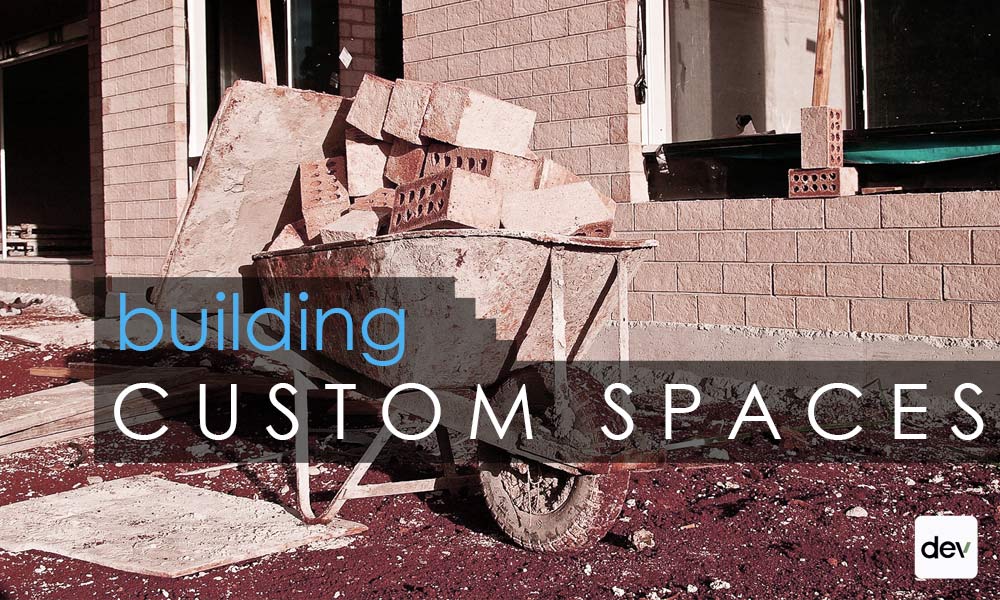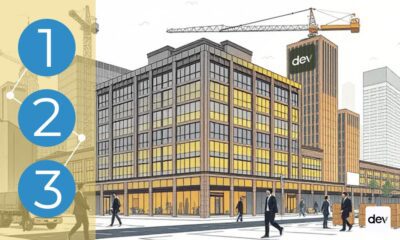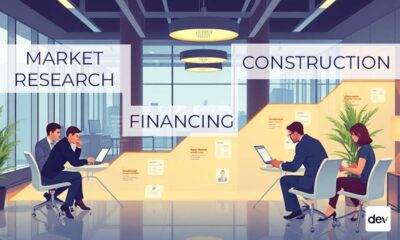
Construction
Build-to-Suit Leases: Risks & Rewards of The Process
There is always a risk, but developers are reaping the rewards by properly managing the risk of build-to-suit development. They cite the cost efficiencies and value of a company walking into a new building that meets today’s requirements and is prepared for future growth.
“The best way to reduce risk is to eliminate the unknowns (in construction),” said Jon Davidshofer, director of development for Coralville, Iowa-based Build To Suit, Inc. “It takes a lot of homework upfront. The goal is to avoid cost overruns.”


What does build-to-suit mean?
Build-to-suit is construction customized to meet the owner’s or tenant’s specific needs. The BTS approach allows for a high degree of customization, tailoring the building specifically to the operations and culture of a company.
Global architecture firm Gensler advocates that cultural-based design requires customization and understanding of amenities in the competitive environment of bringing employees back to the office.
According to Davidshofer, BTS allows a company to integrate amenities and company culture precisely the way it needs to be for talent competition. Gensler said in its blog that amenities ARE the workplace, as opposed to being area separate from the workspace.
BTS may be funded by a developer, contractor, investor or a combination that may even include the company using the building.


BTS (build to suit) developers assume the risk
“A contract needs to be sure it’s legally binding on the parties when a build-to-suit project is planned,” said Davidshofer. “While you want the company to share the risk of unexpected rising construction costs, you want to ensure that developer risk is covered if the company wants to back out of the project.”
The most significant common risk is rising costs or unexpected site challenges. His company focuses on custom construction, so minimizing the risk is a mission-critical component of Build To Suit functions.
Simon CRE, an Indianapolis-based Simon Property Group division, says some risks go beyond construction costs in a BTS project. The permitting process through a local agency creates a timing risk that can push planned construction start and completion dates if it takes longer than expected.
The retail developer cautions that site conditions can also throw a project off track. In addition to physical characteristics, there can be buried debris, unexpected utilities and the weather.
Davidshofer says those risks must be built into the project to ensure a successful venture for the developer and company.
BTS advantages boost the project
According to the Iowa developer, putting up a building to a company’s precise specifications is the most significant advantage of a build-to-suit project.
“It’s cost-effective because the development meets your specs as opposed to trying to make your specs fit a development,” he said. “There are not a lot of guesses about whether the space works for a company. It’s designed from the beginning to do just that.”
Cost efficiency may not be apparent with a BTS and its higher startup costs because the payoff comes in the long run. Part of that efficiency is the avoided cost from future renovation or adaptations to meet company needs.


BTS optimizes a location by creating a building that embodies a company’s brand and workflow requirements. This means a better working environment for employees.
More importantly, Davidshofer said that traditional office space is “kind of dead in today’s market.” Employees are reluctant to come back to the pre-pandemic environment (referring to the pandemic of 2020 that created a surge of remote workers over the course of a couple years).
“Build-to-suit lets a company adapt to future needs that may arise,” he said.
“Future-proofing” is what Gensler calls it. BTS gives the flexibility needed to make changes as the office environment changes.
Another advantage is that once a company invests in a project meeting all its current needs, it is committed to the building for the long term. This stability is crucial for both corporate strategic planning and developer investment.
According to Davidshofer, build-to-suit delivers precisely what is needed to take away all the tough guesswork from trying to fit a company into a spec building by instead building a project that perfectly fits the company.




